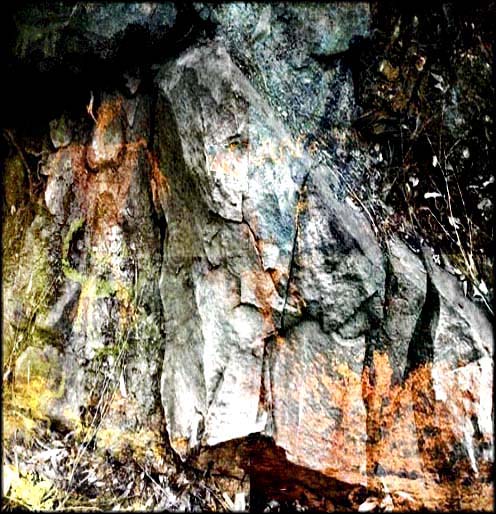If a Western anthropologist ingests a psychedelic substance under the supervision of a shaman—let's say ayahuasca in Western Amazonia—the visions reported will not be within the scientist's cultural context, but within the indigenous mythology. So that substances that have been used for thousands of years wherever plants with hallucinogenic properties grow, are apparently able to shunt visiting psyches into local numinous conditions.
Is this the "ethrosphere," that anthropologist Wade Davis "describes as
'the sum total of all thoughts, dreams, ideas, beliefs, myths, intuitions, and inspirations brought into being by the human imagination since the dawn of consciousness. It's a symbol of all that we've accomplished and all that we can accomplish...The ethnosphere is humanity's great legacy.'"?
C.G. Jung's collective
unconscious, psychically boundless and mainly unknown, would be included
here, as receptors of the scientist's brain would not react to
what
they are not primed to receive. In our journeys over thousands of years,
we have not left each other behind!
Both a scrim
between the sacred and profane and their canvas, rocks reverberate
and subsume the visions
our minds forgot in our struggle to survive. They remind
us that the
artefact in the text is always a discursive object. This theoretically
and conceptually produced object is formed by a process of language
acting on the world. No description is 'pure', nor can any description
be 'total'. Listing the attributes of a house, an axe, a pot or a grave
we
are at bottom not so much creators and destroyers as dreamers. Our
nomenclature is more about who we wish to be [sapiens,
for example, wise] than who we've actually become.
